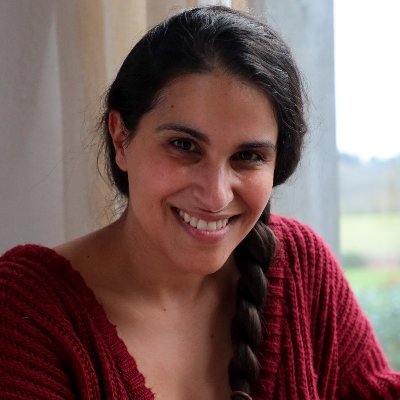Stumbled upon this beautiful guide to the Iraq Museum that opens with a foreword by Dr. Amira Edan.
In her words, “Mesopotamia is the cradle of civilisation, and its museum is a vast colourful window displaying the authentic and priceless objects created by an immortal people.”
“Thus speaks the dog to the pups: ‘You are mottled, you jump around, you are my dear children.” - Sumerian Proverb
Image: Old Babylonian plaque showing a dog and puppies https://t.co/KUZbwvNTHv
A small Old Babylonian (~2000-1600 BCE) plaque from Ur shows a woman breastfeeding a child.
Plaques like this were mass produced from moulds in the Old Babylonian (and other) periods. They represented scenes from people’s everyday lives, mythical creatures, deities, and more.
Anyone else ever get so behind on everything that they don't even know what they're behind on anymore?
Lamassu, past and present.
On the left, a colossal winged lion from the palace of Ashurnasirpal II at Nimrud. On the right, a model of “The Invisible Enemy Should Not Exist” by Michael Rakowitz.
Cuneiform tablets might not be the most beautiful artefacts from the ancient world, but they open up a window onto some of the earliest attempts to make sense of the universe in a systematic way - of science-ing.
Reading cuneiform astronomical texts, one is often reminded of the opening lines of a Babylonian epic known as Enūma eliš that divides the world into sky above and earth below.
“When on high, the heavens we’re not named, and below the earth had no name.” https://t.co/oQYbi2HHEN
A short thread of resources, particularly #openaccess materials in English, to learn Akkadian, the earliest attested Semitic language known from clay tablets from ancient #Iraq and #Syria #MesopotamiaMonday
















